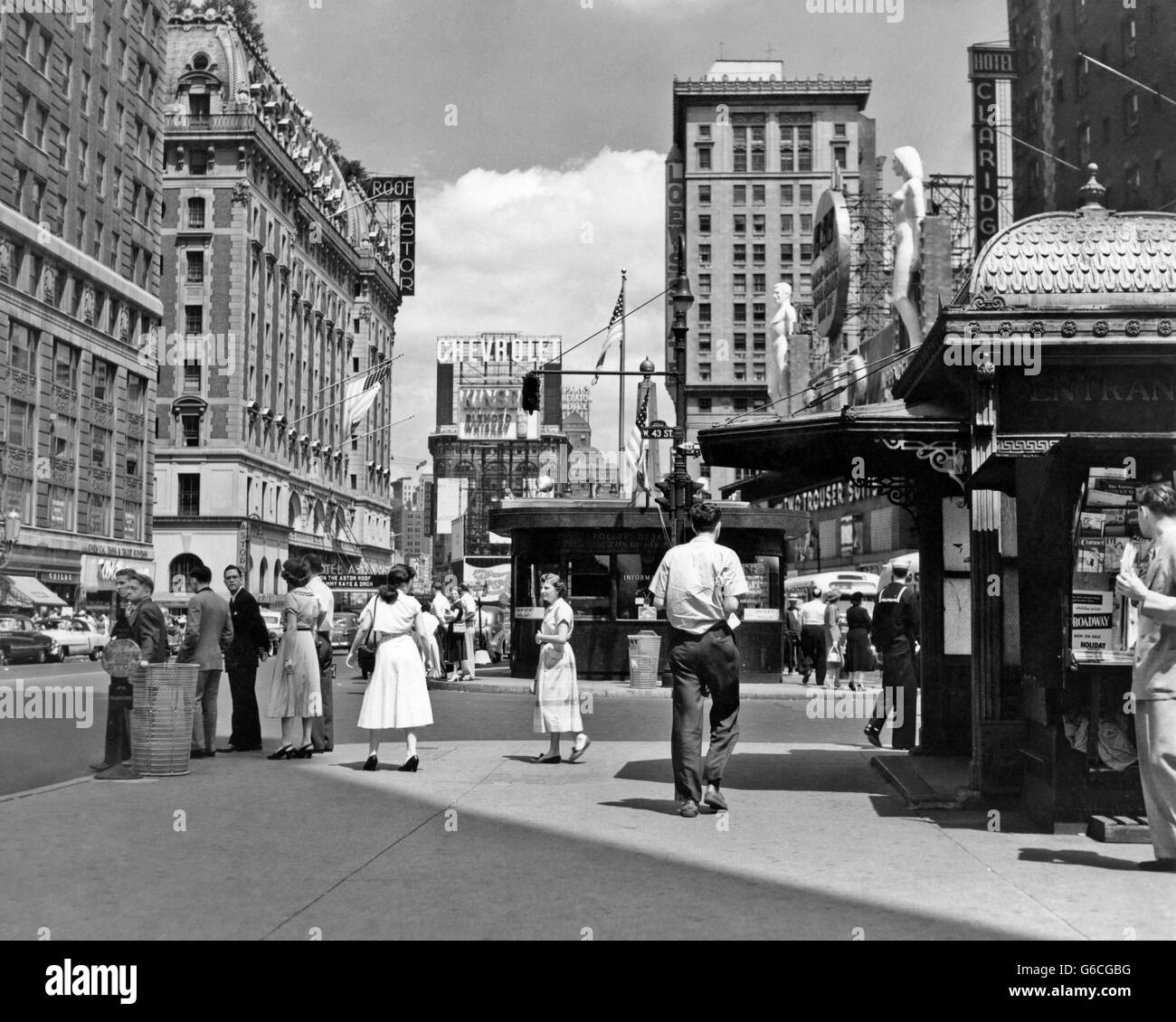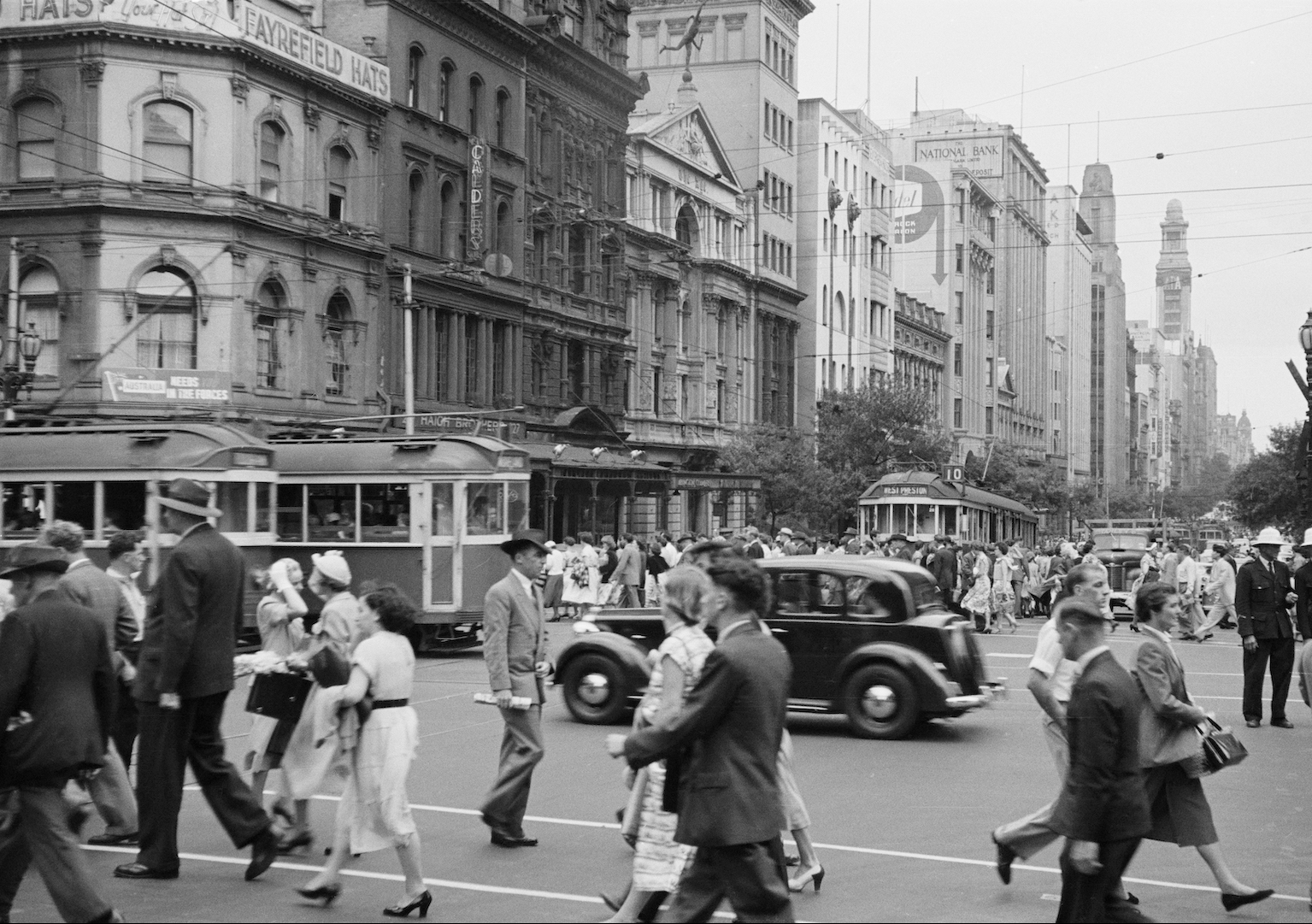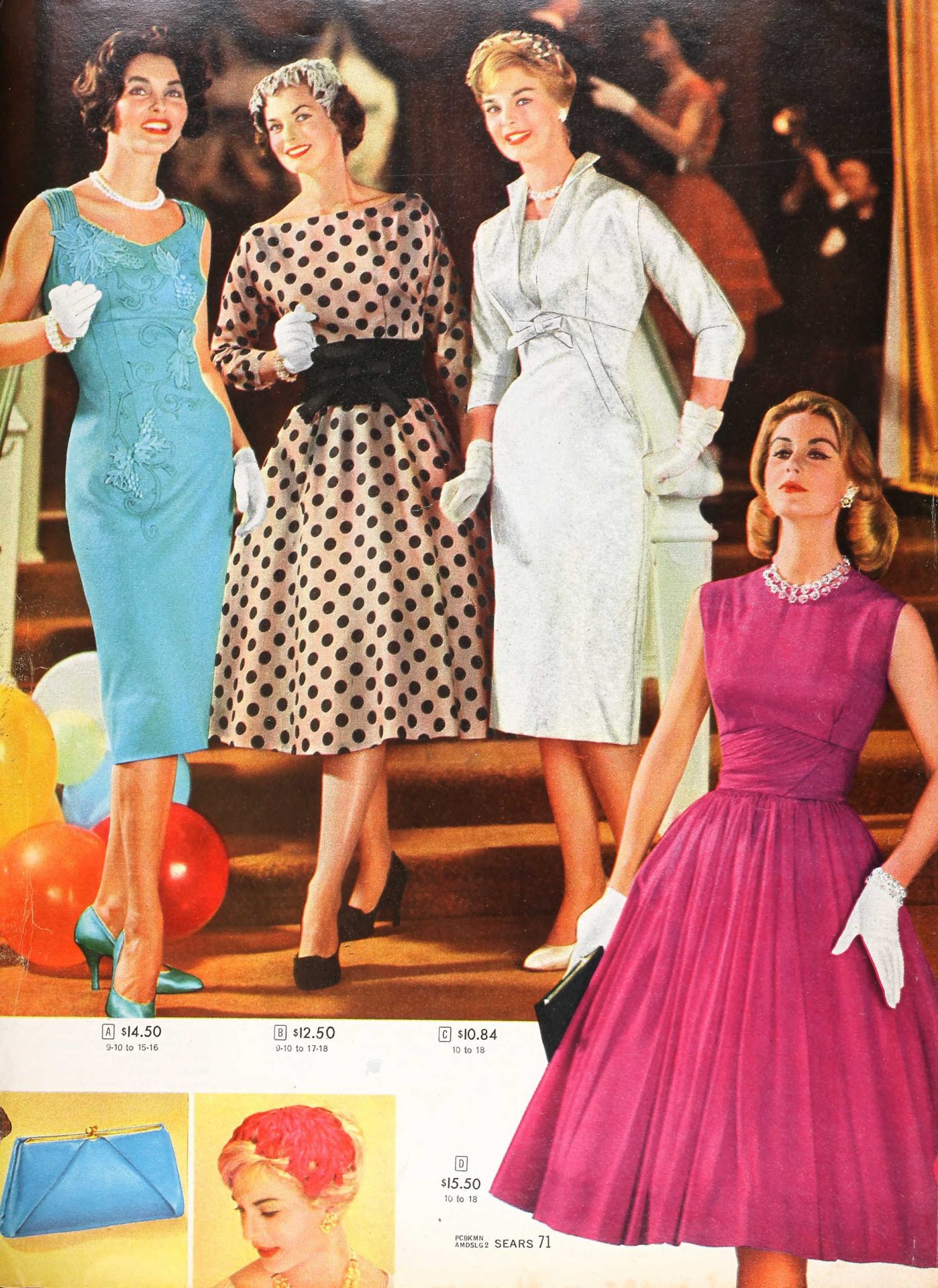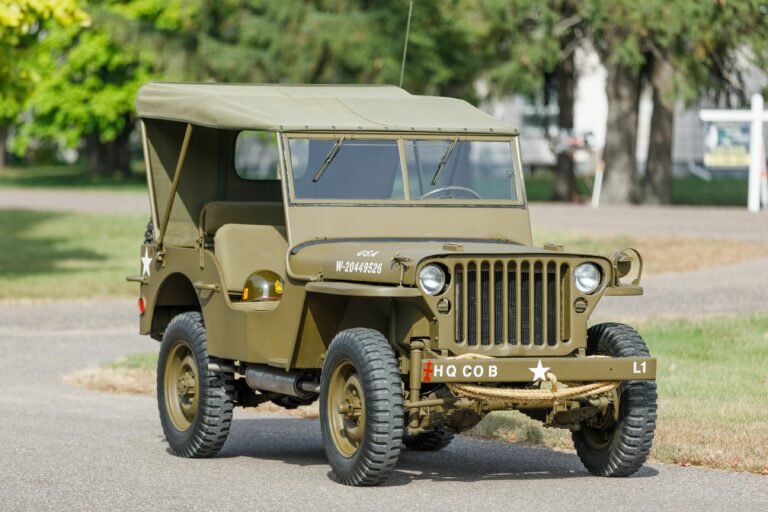1950 Jeep Willys For Sale: A Comprehensive Buyer’s Guide
1950 Jeep Willys For Sale: A Comprehensive Buyer’s Guide jeeps.truckstrend.com
The year 1950 stands as a fascinating point in the history of the civilian Jeep, a vehicle that had rapidly transitioned from a wartime hero to an indispensable tool for farmers, ranchers, and adventurous spirits across America. When you encounter a "1950 Jeep Willys for sale," you’re not just looking at a used vehicle; you’re looking at a piece of American industrial heritage, a rugged icon that laid the groundwork for every SUV and off-road vehicle that followed. This guide aims to provide a comprehensive overview for anyone considering acquiring one of these timeless machines, exploring its enduring appeal, what to look for, and the practicalities of ownership.
The Enduring Legacy of the 1950 Jeep Willys
1950 Jeep Willys For Sale: A Comprehensive Buyer’s Guide
The 1950 Willys Jeep, specifically the CJ-3A model, represents a pivotal moment in the civilian Jeep’s evolution. Emerging from the immediate post-World War II era, Willys-Overland had already seen immense success with the CJ-2A, the first purpose-built civilian Jeep. The CJ-3A, introduced in 1949, built upon that foundation, offering subtle yet significant improvements that enhanced its versatility and appeal.
At its heart, the 1950 Willys CJ-3A retained the legendary "Go-Devil" L-head 134 cubic inch (2.2 L) four-cylinder engine, renowned for its bulletproof reliability and torque. Mated to a robust T-90 three-speed manual transmission and a Dana 18 transfer case, it delivered power to solid axles, making it an unstoppable force on rough terrain. Key features of the 1950 model included a slightly taller windshield than its predecessor, improving visibility, and an externally mounted fuel filler. The interior remained spartan but functional, prioritizing utility over comfort.
Why does this specific year and model continue to captivate enthusiasts today? Its appeal lies in its unvarnished simplicity, unparalleled durability, and the undeniable sense of history it embodies. It’s a vehicle that doesn’t just transport you; it transports you back in time, connecting you to an era of resilience and ingenuity. The 1950 Willys is a testament to functional design, a true workhorse that, decades later, still earns its keep whether on a farm, a trail, or a Sunday cruise.
Why Buy a 1950 Jeep Willys Today?
The decision to purchase a classic vehicle like the 1950 Jeep Willys isn’t merely about transportation; it’s an investment in a unique experience and a tangible piece of history.
- Nostalgia and Historical Value: Owning a 1950 Willys is like owning a functional artifact. It evokes a sense of post-war Americana, representing an era of practical innovation and rugged individualism. For many, it’s a nostalgic link to family history or a bygone era.
- Simplicity of Maintenance: Unlike modern vehicles laden with complex electronics, the 1950 Willys is mechanically straightforward. Its "Go-Devil" engine is notoriously robust and forgiving, and most repairs can be performed with basic tools and a good service manual. This makes it an ideal project vehicle for amateur mechanics or those who appreciate self-sufficiency.
- Off-Road Prowess: Despite its age, the fundamental design of the Willys makes it incredibly capable off-road. Its lightweight construction, short wheelbase, high ground clearance, and robust 4×4 system allow it to tackle challenging trails that would stump many modern SUVs.
- Investment Potential: Well-maintained and original examples of classic Jeeps tend to hold their value, and often appreciate over time. While not a get-rich-quick scheme, a 1950 Willys can be a relatively stable automotive investment, especially compared to rapidly depreciating new cars.
- Vibrant Community: The Willys Jeep community is active and passionate. Owners benefit from a wealth of shared knowledge, readily available parts (both new reproduction and original used), and numerous clubs and events dedicated to these iconic vehicles.
- Unique Driving Experience: Driving a 1950 Willys is an unfiltered experience. No power steering, no air conditioning, manual everything – it demands engagement and provides a raw, tactile connection to the road (or trail) that modern vehicles simply cannot replicate.


Navigating the Market: What to Look For When Buying
When searching for a 1950 Jeep Willys for sale, careful inspection is paramount. These vehicles are over 70 years old, and their condition can vary wildly.
- Condition is Key:
- Originality vs. Restoration vs. Modified: Decide what you want. An original, unrestored vehicle might have patina but could require more immediate mechanical attention. A fully restored Jeep will command a higher price but should be turn-key. Modified Jeeps might offer enhanced performance but could deviate from historical accuracy.

- Rust: This is the biggest enemy of vintage vehicles. Thoroughly inspect the frame, particularly around spring mounts and crossmembers. Check the body tub for rust in the floorboards, hat channels (the support ribs under the floor), and the cowl area. Rust can quickly turn a good deal into a money pit.
- Engine & Drivetrain:
- Engine (Go-Devil L-head): Check for excessive smoke (blue for oil, white for coolant), strange noises (knocking, ticking), and oil leaks. Look at the oil pressure gauge if present.
- Transmission (T-90): Test all gears, listening for grinding or difficulty shifting.
- Transfer Case (Dana 18): Engage 4-wheel drive high and low. Listen for clunking or grinding.
- Axles (Dana 25/41 or 44): Check for leaks around the differential covers and wheel ends.
- Brakes & Steering: These are crucial for safety.
- Brakes: The 1950 Willys uses drum brakes. Check for even braking, spongy pedal, or pulling to one side.
- Steering: Look for excessive play in the steering wheel, worn tie rod ends, or a failing steering box.
- Electrical System: While simple (6-volt system originally), check that all lights, gauges, and the starter function correctly. Look for frayed wires or amateur wiring jobs.
- Documentation: A clean title is essential. Service records, original owner’s manuals, or historical photos can add value and provide insight into the vehicle’s past.
- Pre-Purchase Inspection (PPI): If you’re serious about a vehicle, especially one out of your immediate area, invest in a PPI by a qualified mechanic who specializes in vintage Jeeps or similar era vehicles.
Types and Categories of 1950 Jeep Willys For Sale
The market for 1950 Willys Jeeps can generally be broken down into several categories based on condition and intended use:
- Barn Finds/Project Vehicles: These are typically non-running or very rough examples requiring extensive restoration. They are the most affordable upfront but demand significant time, effort, and financial investment to bring back to life. Ideal for experienced restorers or those seeking a long-term project.
- Drivers/Partially Restored: These Jeeps are functional and can be driven, though they may have cosmetic flaws, minor mechanical issues, or incomplete restorations. They offer a balance between affordability and immediate usability, suitable for those who want to enjoy the vehicle while gradually improving it.
- Fully Restored/Show Quality: These vehicles have undergone professional, comprehensive restorations, often to original factory specifications. They are typically in excellent mechanical and cosmetic condition, ready for shows or immediate enjoyment. They command the highest prices.
- Modified/Custom Builds: Some 1950 Willys Jeeps have been customized for enhanced off-road performance (e.g., lift kits, larger tires, engine swaps) or "restomodded" with modern conveniences (e.g., disc brakes, power steering, updated electrical systems). These offer unique driving experiences but may sacrifice originality.
The Buying Process: Practical Advice
Purchasing a classic vehicle requires a different approach than buying a modern car.
- Set a Realistic Budget: Beyond the purchase price, factor in potential costs for shipping, insurance, registration, and any immediate repairs or planned restoration work. Parts can add up, even for a simple vehicle.
- Where to Look:
- Online Marketplaces: Hemmings, Bring a Trailer, eBay Motors, ClassicCars.com, and specialized classic Jeep forums are excellent resources.
- Classic Car Dealers: Some dealerships specialize in vintage vehicles and offer curated inventory, though often at a premium.
- Auctions: Live and online auctions (e.g., Mecum, Barrett-Jackson) can offer opportunities, but be aware of buyer’s premiums and the "as-is" nature of sales.
- Local Classifieds/Word of Mouth: Sometimes the best deals are found locally through community connections.
- Due Diligence: Ask detailed questions about the vehicle’s history, recent maintenance, and any known issues. Request extensive photos and videos, especially of common rust areas and mechanical components.
- Test Drive: If possible, always test drive the vehicle. Pay attention to how it starts, idles, shifts, brakes, and handles. Listen for unusual noises. Remember, these vehicles drive differently than modern cars – they are louder, rougher, and require more effort.
- Negotiation: Be prepared to negotiate. Do your research on similar sales to understand fair market value. Don’t be afraid to walk away if the deal doesn’t feel right.
- Transportation: If buying remotely, arrange for reliable and insured classic car transport.
Owning a 1950 Jeep Willys: Tips and Challenges
Ownership of a 1950 Willys is a rewarding experience, but it comes with its own set of considerations.
- Maintenance is Key: Regular maintenance is crucial. This includes routine oil changes, checking fluid levels, greasing suspension components, and inspecting all mechanical parts for wear. The simplicity of the Willys makes this relatively easy to do yourself.
- Parts Availability: Generally, parts for the mechanicals (engine, transmission, transfer case, axles) are readily available through specialist suppliers and online vendors. Body parts, while sometimes harder to find original, are increasingly being reproduced.
- Driving Experience: Embrace the raw experience. The 1950 Willys has no power steering, minimal sound deadening, and a firm ride. It’s a vehicle that connects you directly to the road and the elements. Long highway drives can be tiring.
- Security: These older vehicles are relatively easy to steal. Invest in good security measures, such as a kill switch, steering wheel lock, or secure garaging.
- Insurance: Look into classic car insurance providers. They often offer specialized policies at affordable rates, understanding that these vehicles are typically driven less and maintained meticulously.
- Community Engagement: Join a Willys or classic Jeep club. These communities are invaluable for advice, shared experiences, and finding parts or specialized mechanics. Attending shows and events is a great way to connect with fellow enthusiasts.
1950 Jeep Willys For Sale: Estimated Price Guide
The price of a 1950 Jeep Willys can vary significantly based on its condition, originality, and location. Here’s a general guide:
| Condition Category | Description | Estimated Price Range (USD) |
|---|---|---|
| Project/Barn Find | Non-running, significant rust, major mechanical issues, incomplete. Requires full restoration. | $3,000 – $8,000 |
| Driver Quality | Running and driving, but may have cosmetic flaws, minor mechanical issues, or need ongoing maintenance/repairs. Can be enjoyed as-is or gradually improved. | $9,000 – $18,000 |
| Good Restored | Recently restored to a good, solid standard. Minimal rust, sound mechanicals, presentable paint and interior. Suitable for regular enjoyment and local shows. | $19,000 – $30,000 |
| Concours/Show Quality | Professionally restored to original factory specifications, or exceptionally well-preserved original. Flawless paint, interior, and mechanicals. Ready for national shows and discerning collectors. | $30,000 – $50,000+ |
Note: These are estimates and actual prices can vary based on market demand, specific features, provenance, and seller location.
Frequently Asked Questions (FAQ)
Q: What engine does the 1950 Willys Jeep have?
A: It typically features the Willys "Go-Devil" L-head 134 cubic inch (2.2 L) four-cylinder engine.
Q: Is the 1950 Willys Jeep good for off-roading?
A: Absolutely! Its simple, robust 4×4 system, short wheelbase, and high ground clearance make it highly capable off-road, even by modern standards.
Q: Are parts hard to find for a 1950 Willys Jeep?
A: Generally no. Mechanical parts are quite common due to the engine’s widespread use and the robust aftermarket for classic Jeeps. Body parts are also available as reproductions, though original body panels can be harder to source.
Q: Can a 1950 Willys Jeep be driven daily?
A: While mechanically capable, it’s not ideal for daily modern highway driving due to its lack of speed, comfort, and modern safety features. It shines as a weekend cruiser, off-road vehicle, or for local errands.
Q: What’s the difference between a CJ-2A and a CJ-3A (1950 model)?
A: The CJ-3A (1949-1953) had a slightly taller windshield (one-piece vs. two-piece on the CJ-2A), an externally mounted fuel filler (internal on CJ-2A), and some minor structural improvements.
Q: Is a 1950 Willys Jeep a good investment?
A: For well-maintained or properly restored examples, their value tends to hold or appreciate over time, making them a relatively stable classic car investment. However, "project" vehicles can quickly exceed their potential value in restoration costs.
Conclusion
The pursuit of a "1950 Jeep Willys for sale" is more than just a search for a vehicle; it’s an embarkation on a journey into automotive history, a commitment to a unique driving experience, and an entry into a passionate community. These rugged, unassuming machines are living legends, embodying the spirit of post-war America and the genesis of off-road adventure.
Whether you’re seeking a challenging restoration project, a reliable weekend driver, or a show-stopping piece of automotive art, the 1950 Willys CJ-3A offers something truly special. By understanding its legacy, knowing what to look for, and approaching the purchase with diligence, you can secure a timeless piece of American ingenuity that promises years of enjoyment and a tangible connection to the past. Welcome to the enduring legacy of the Civilian Jeep.





